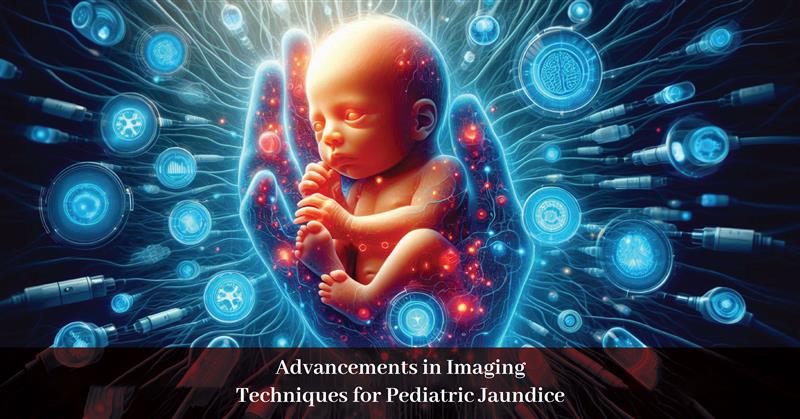Neonatal jaundice is a typical symptom in newborn children and may be related to a number of pathological conditions that range from non-dangerous, for example, physiological jaundice, to dangerous ones such as biliary atresia or hepatobiliary disease. Early and correct diagnosis of the definite causes of jaundice is vital since several types demand unique treatment. In the course of time, global developments pertaining to imaging technology have strengthened the diagnosis of pediatric health. They are a useful supplement to realize better visualization of the liver and biliary tree, and they contribute to the early identification and/or treatment of etiologies that cause jaundice. In this article, traditional approaches toward the diagnosis of emancipation in children, together with the new technologies that are accorded with the new directions towards handling childhood jaundice, are also discussed.
Magnetic Resonance Imaging (MRI)
Therefore, MRI is increasingly becoming one of the main imaging options for pediatric liver diseases. As a result of new changes in the design that concern the approach to reducing the degree of motion, it is possible to achieve both high efficiency and a fast dynamic imaging process. As a result of the number of children having reduced artifacts with the occasion of periodically rotated overlapping parallel lines with enhanced reconstruction (PROPELLER) and other fast imaging sequences, MRI has become safer for children since it does not use radiation.
MR Cholangiopancreatography (MRCP)
Although MRCP is a specific type of MRI, it has evolved tremendously and is now an essential diagnostic modality in the assessment of biliary systems. This endoscopic approach offers high-quality imaging of the biliary by passing through and visualizing the pancreaticobiliary tree, which is essential in the diagnosis of biliary atresia, choledochal cysts, and other diseases that can cause obstructive jaundice. As pointed out above, making use of MRCP offers the advantages of visualizing both the intra- and extrahepatic ducts without the necessity of using contrast agents, which is well suited for repeated follow-up examinations where the patient’s growth is considered and pediatric patients.
